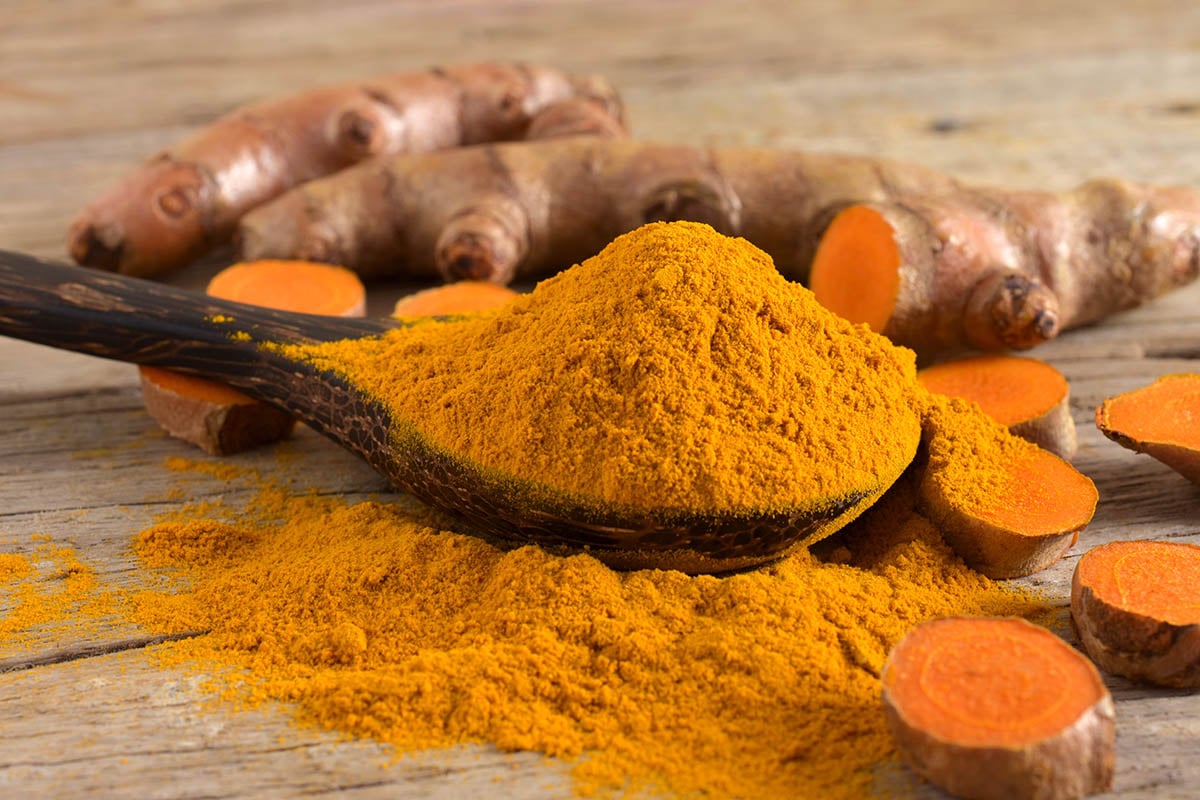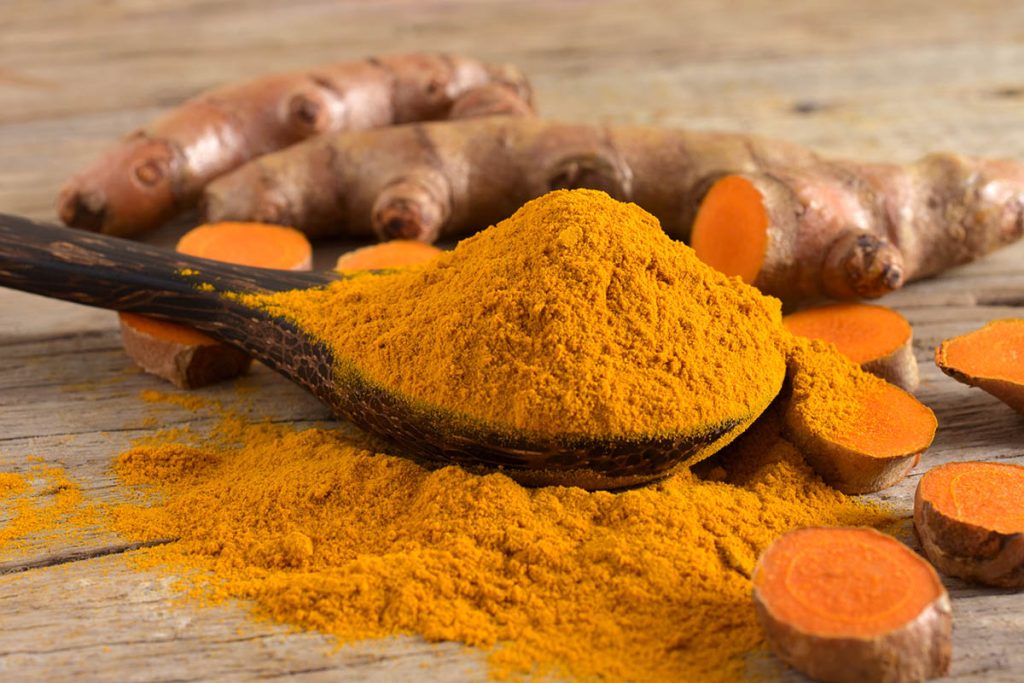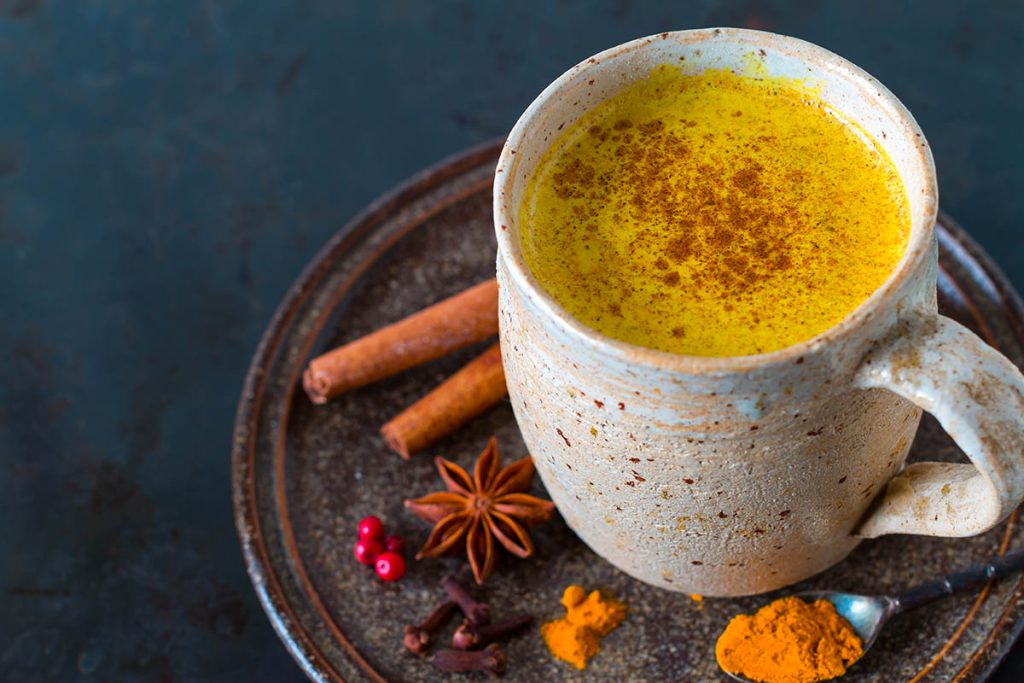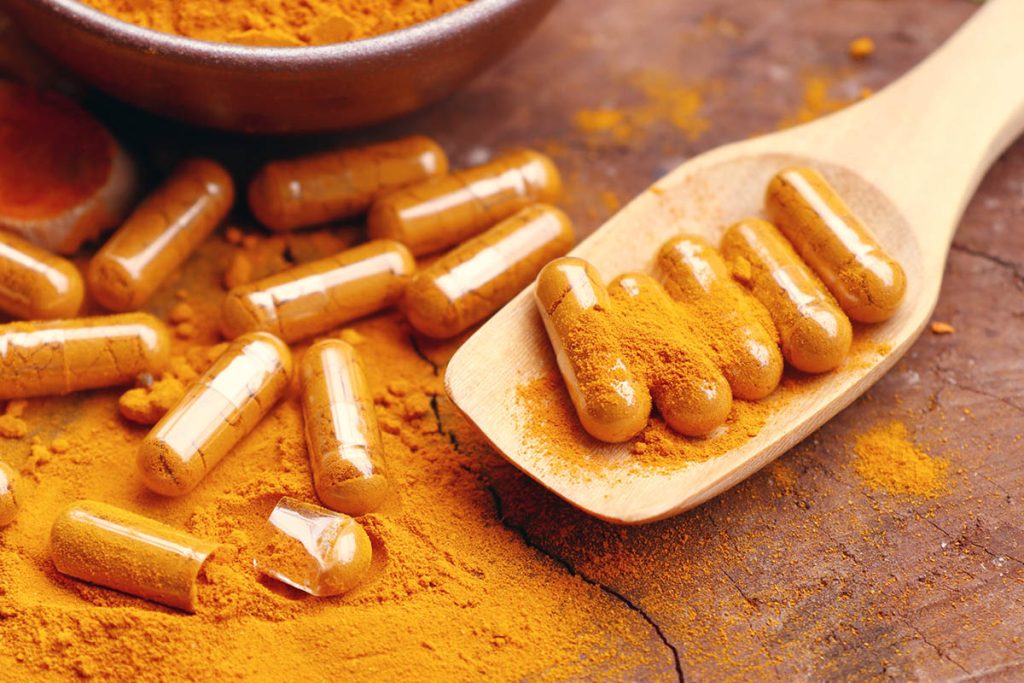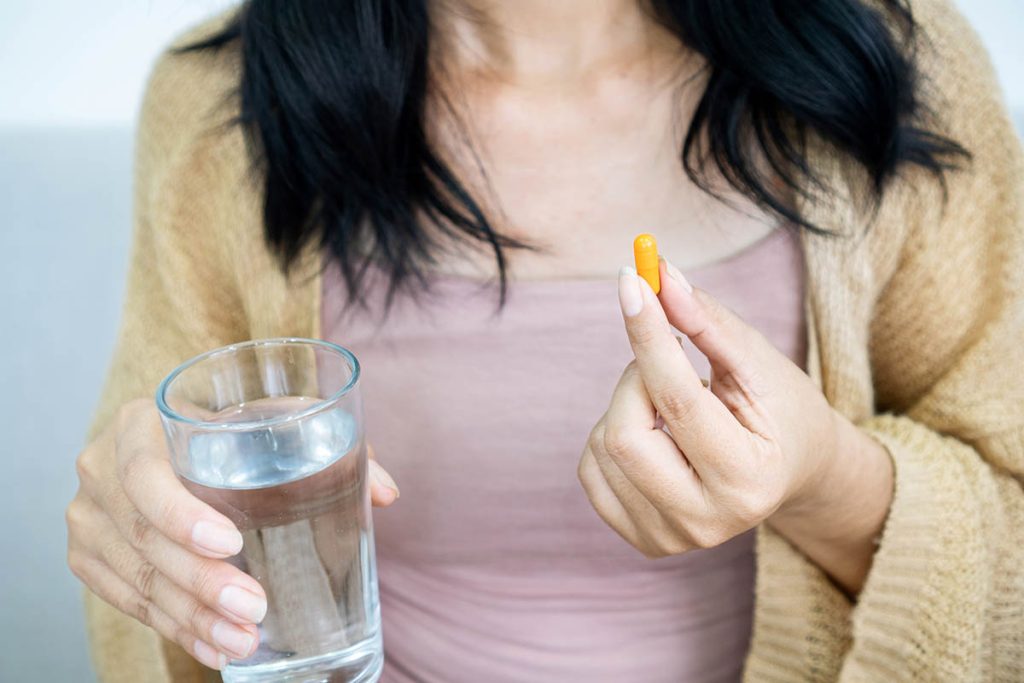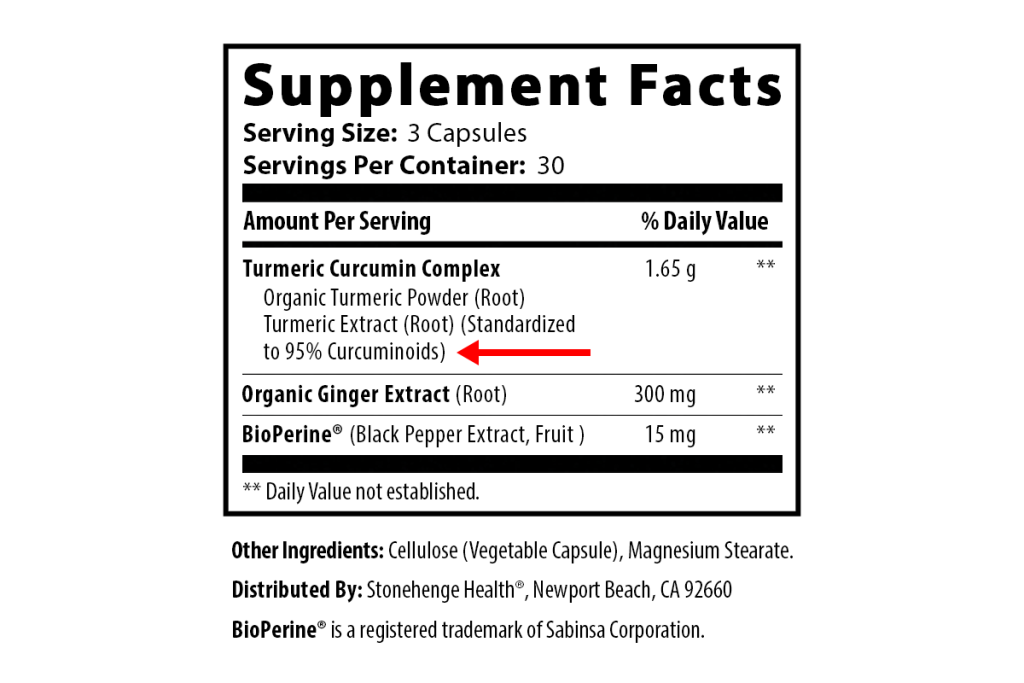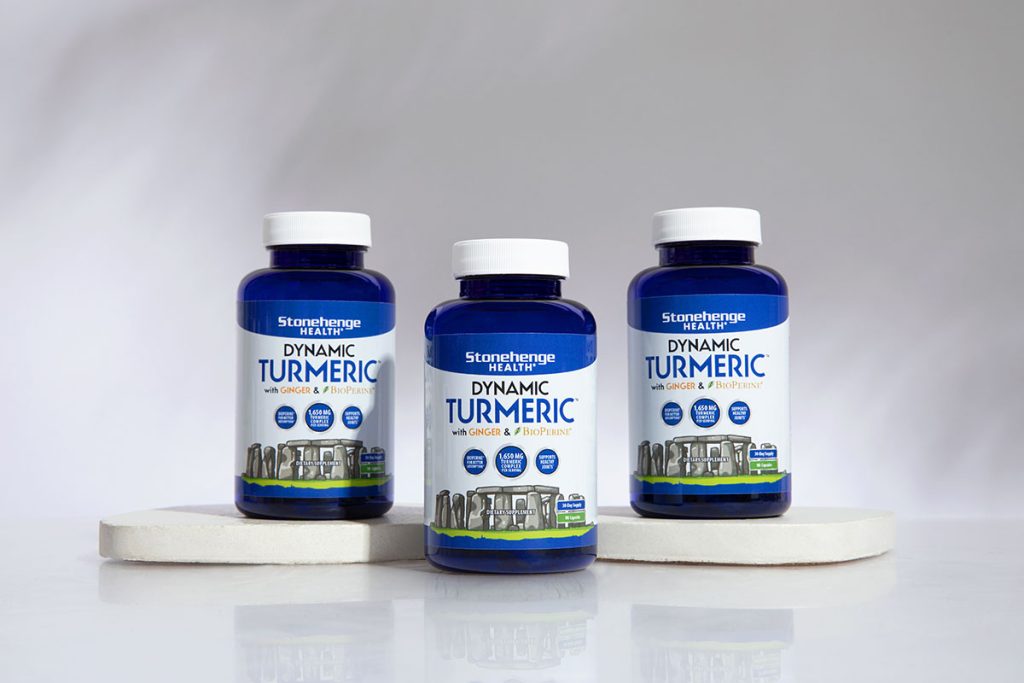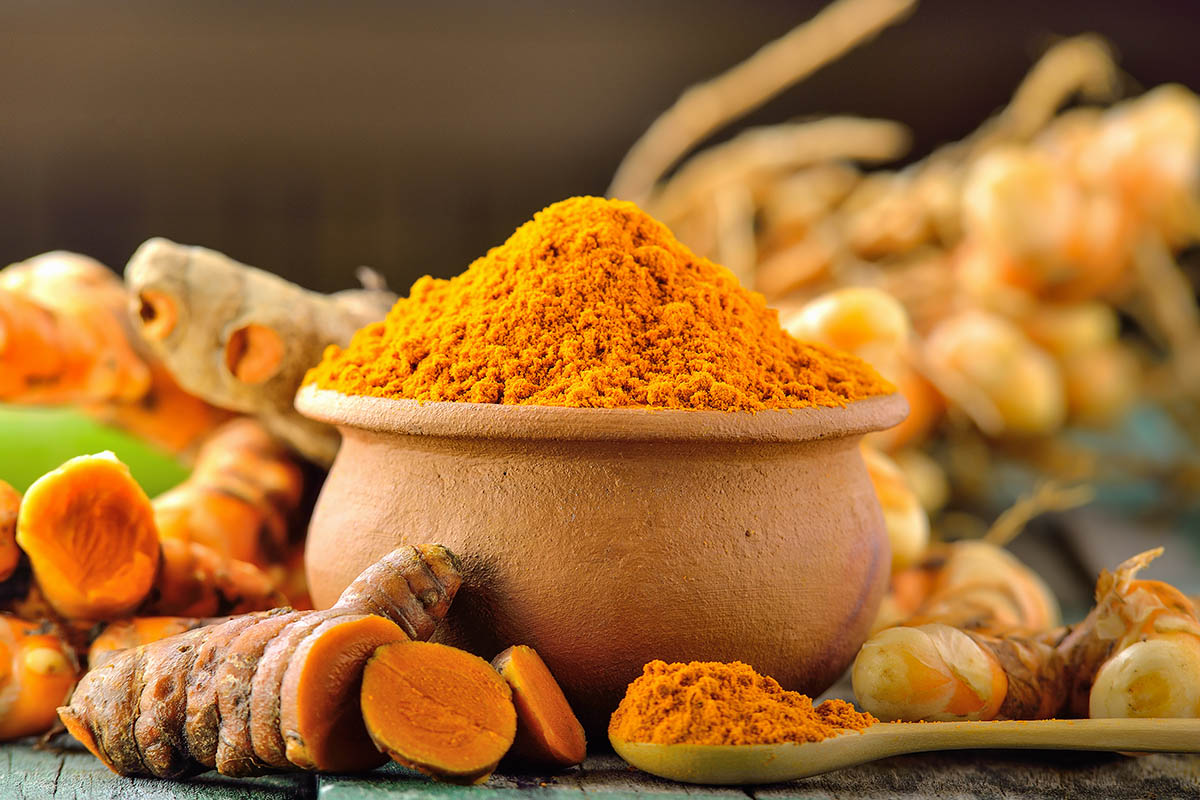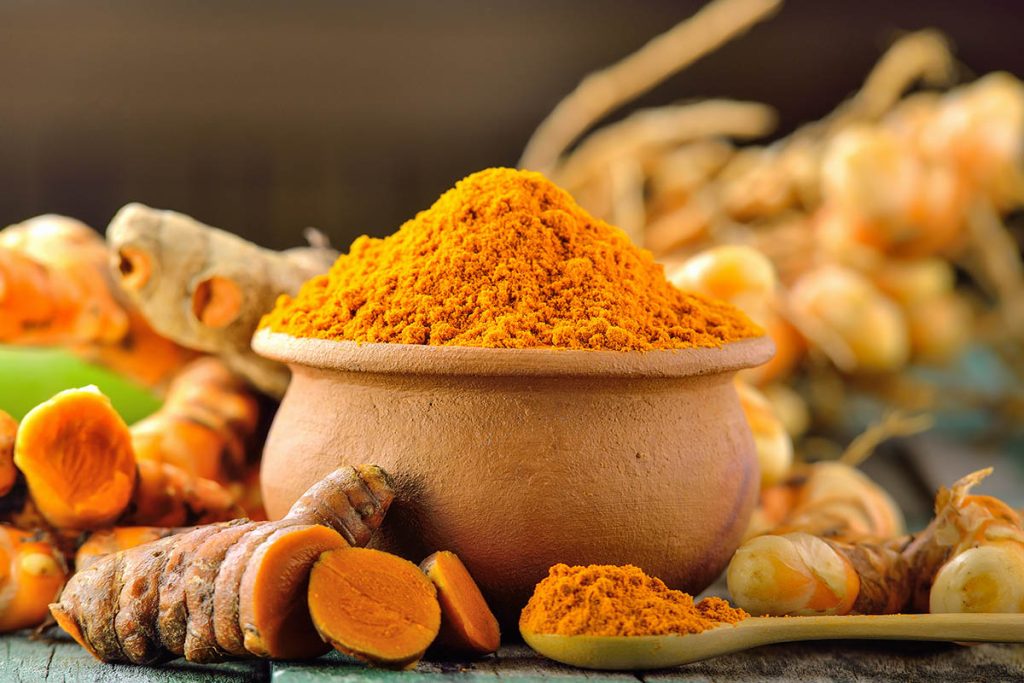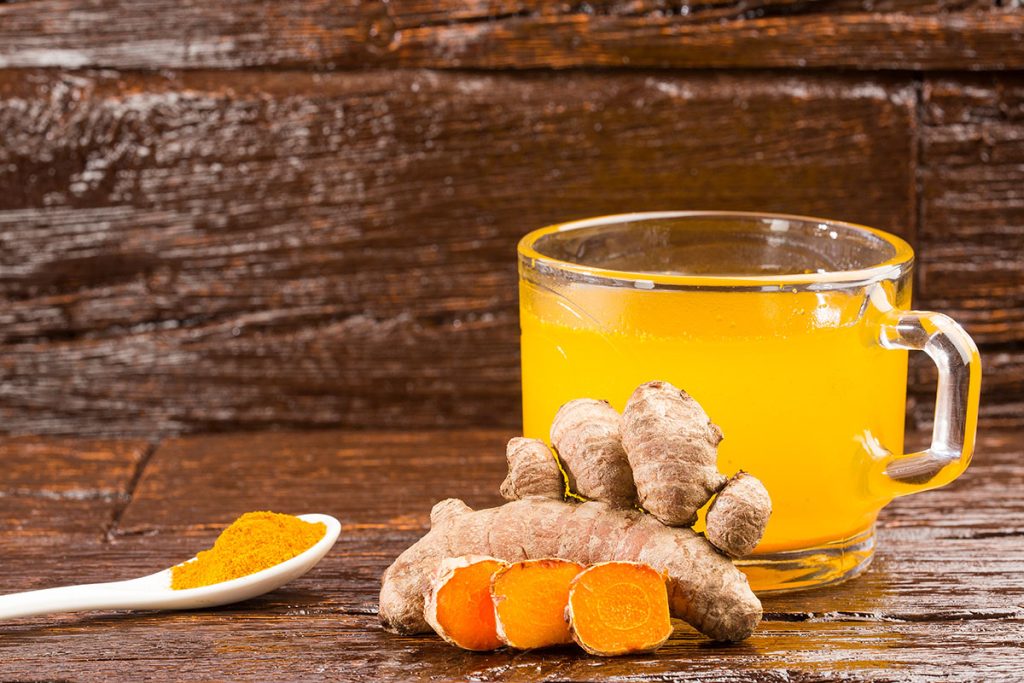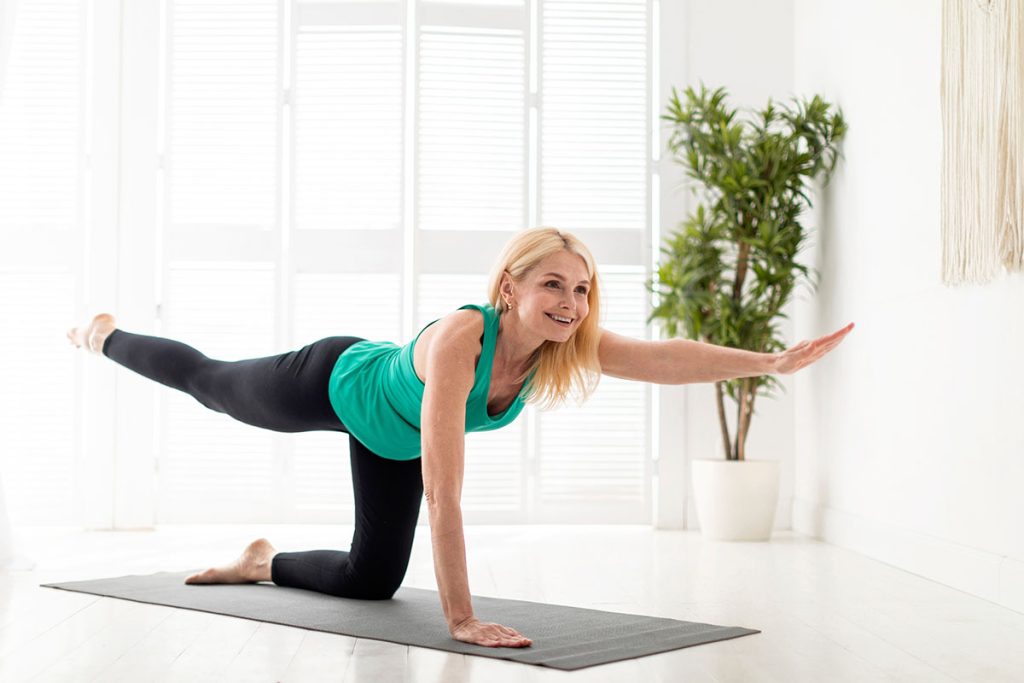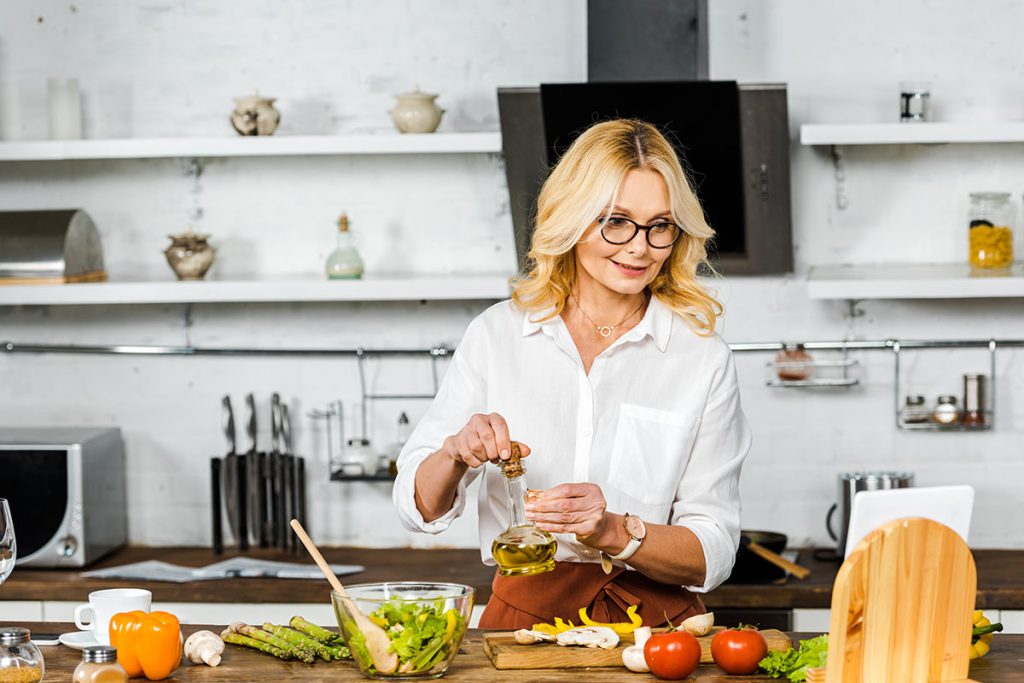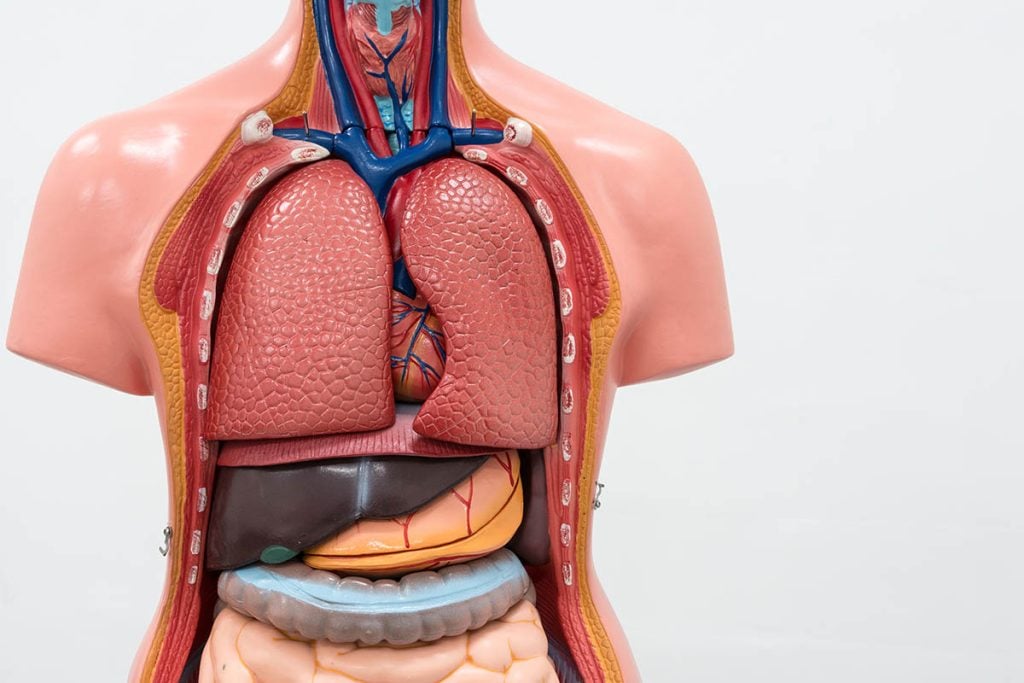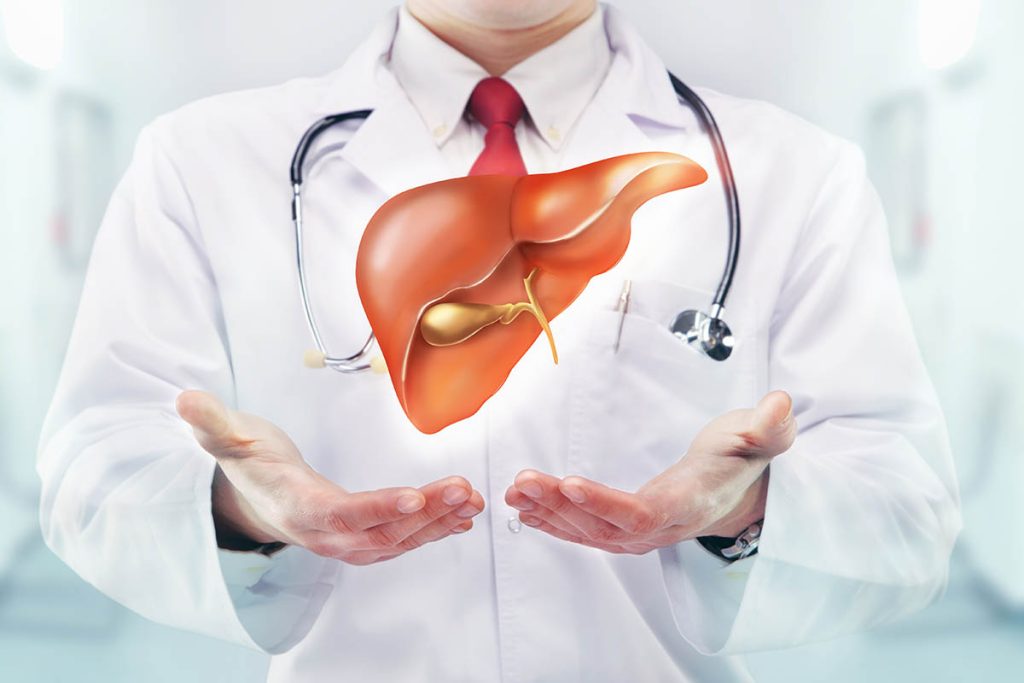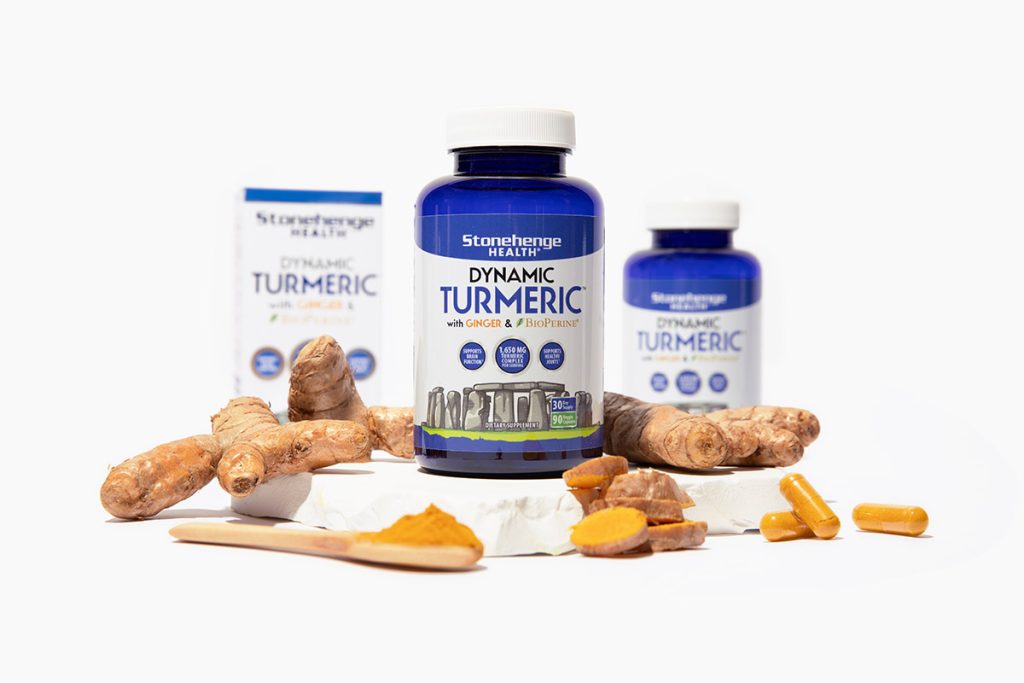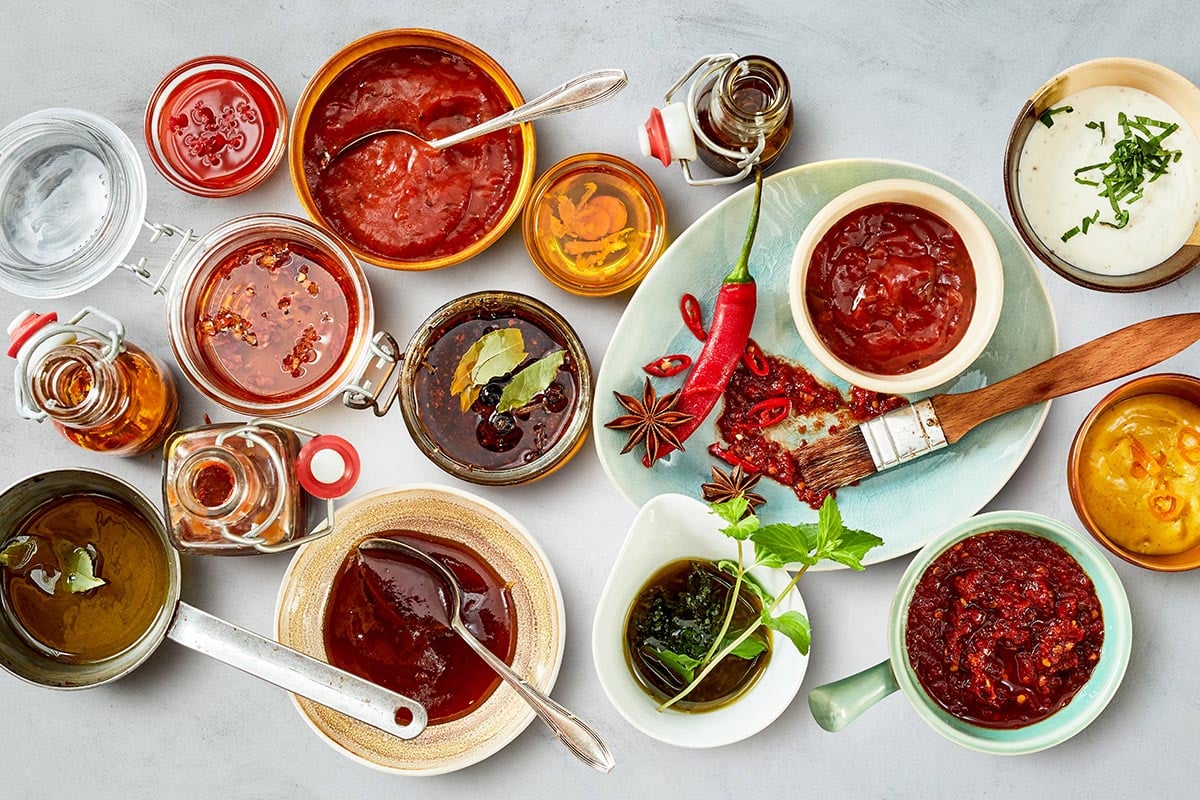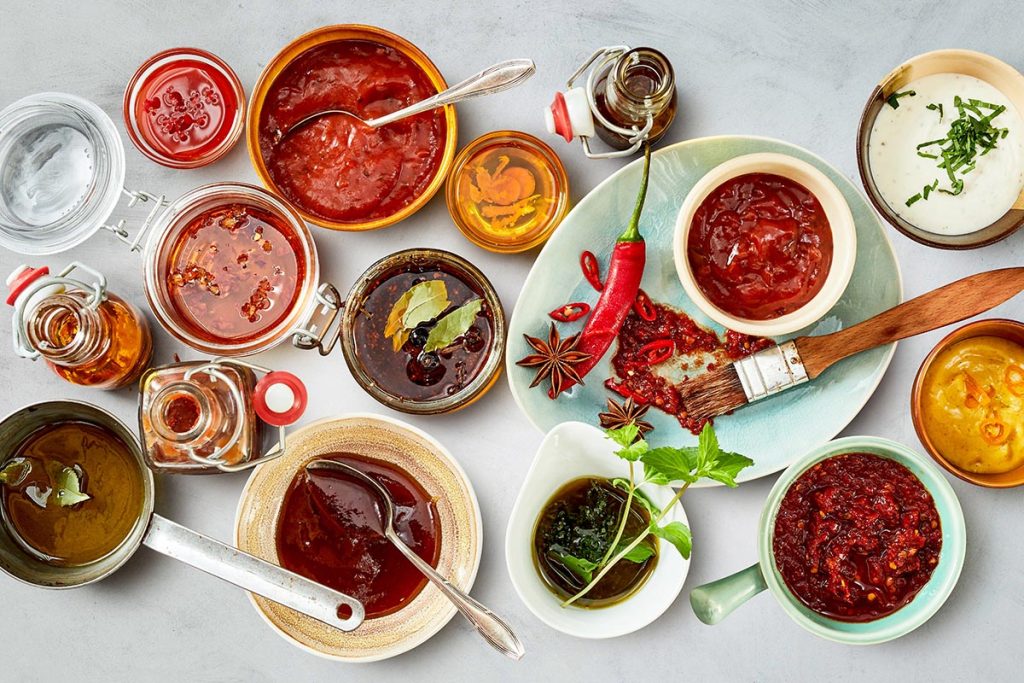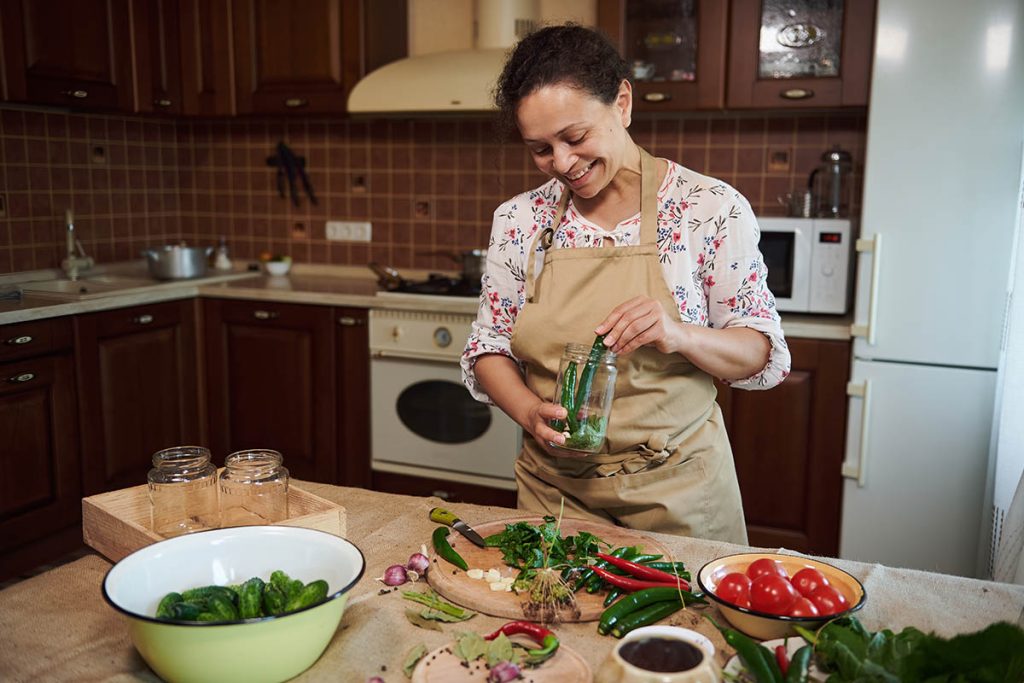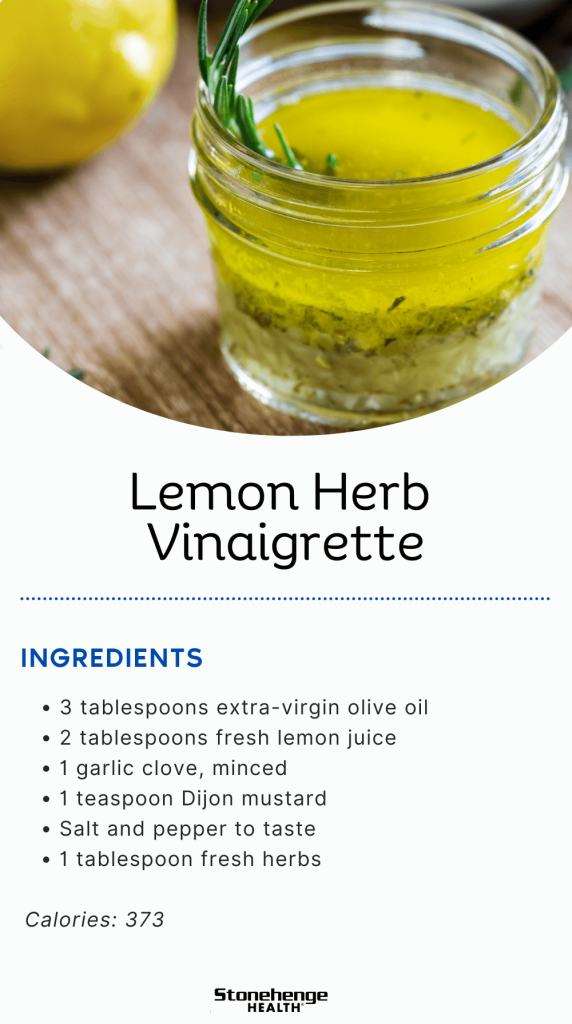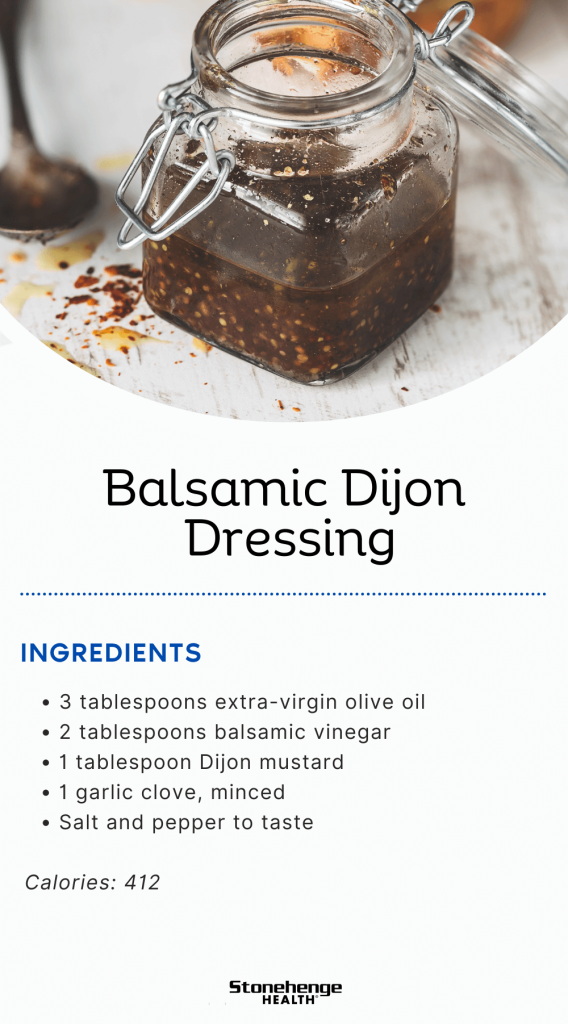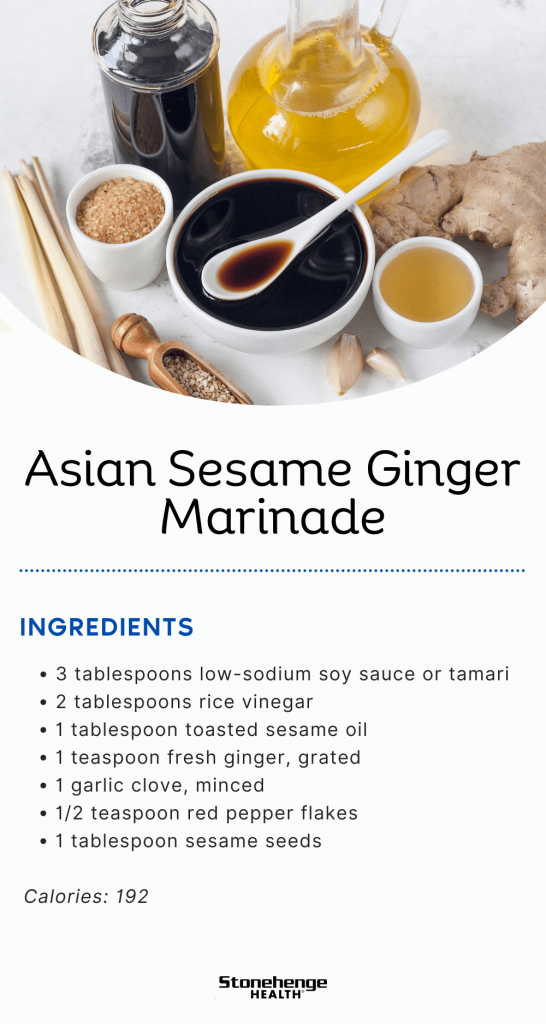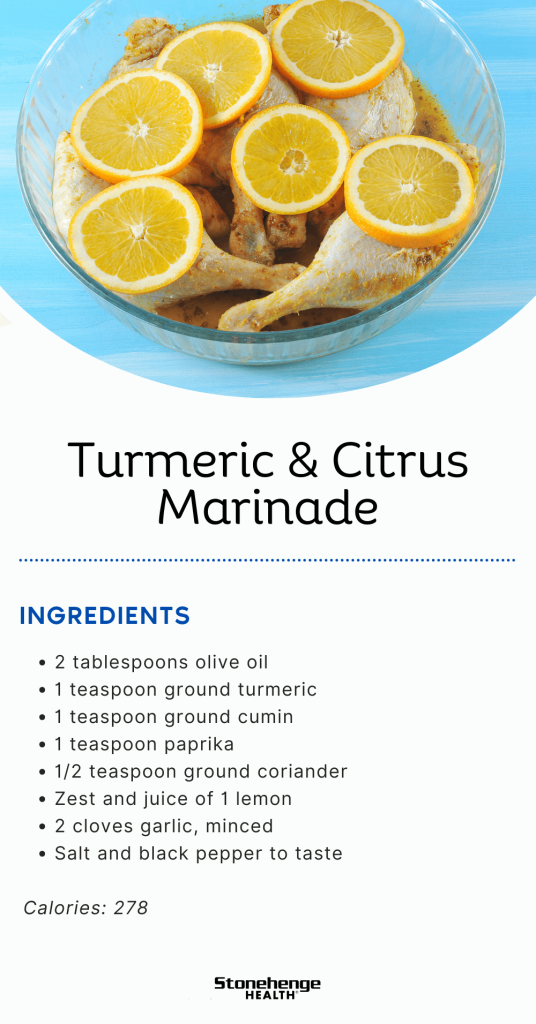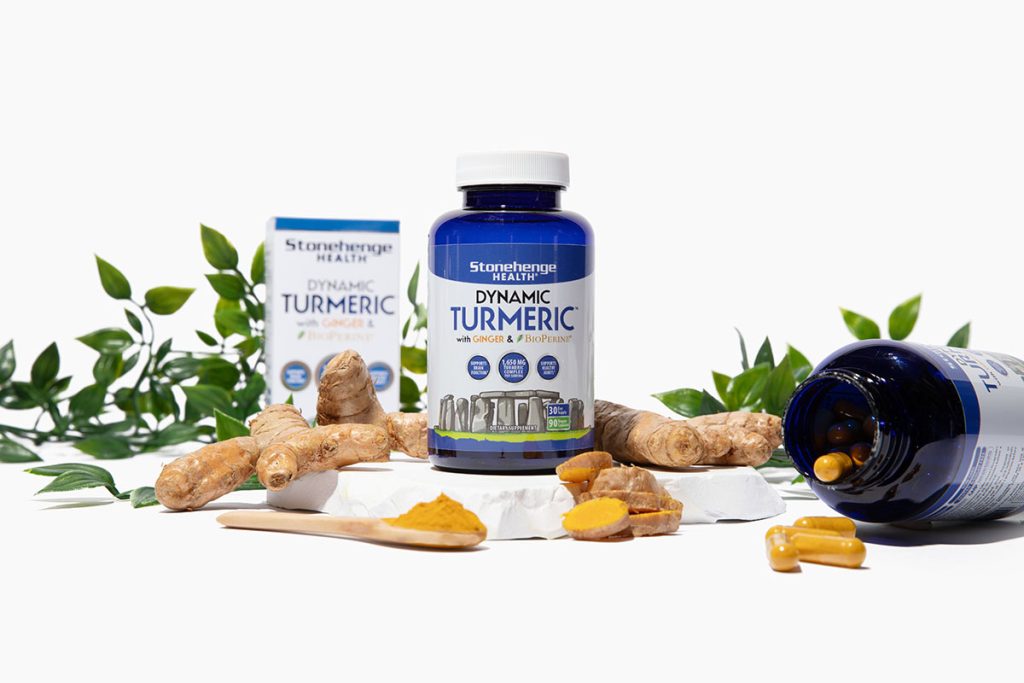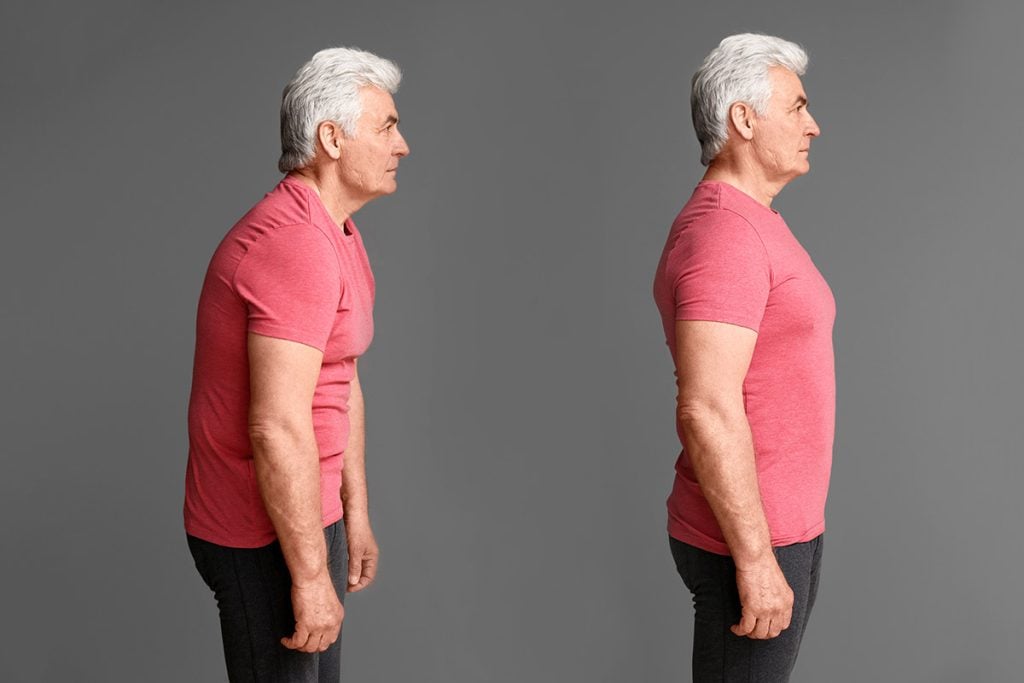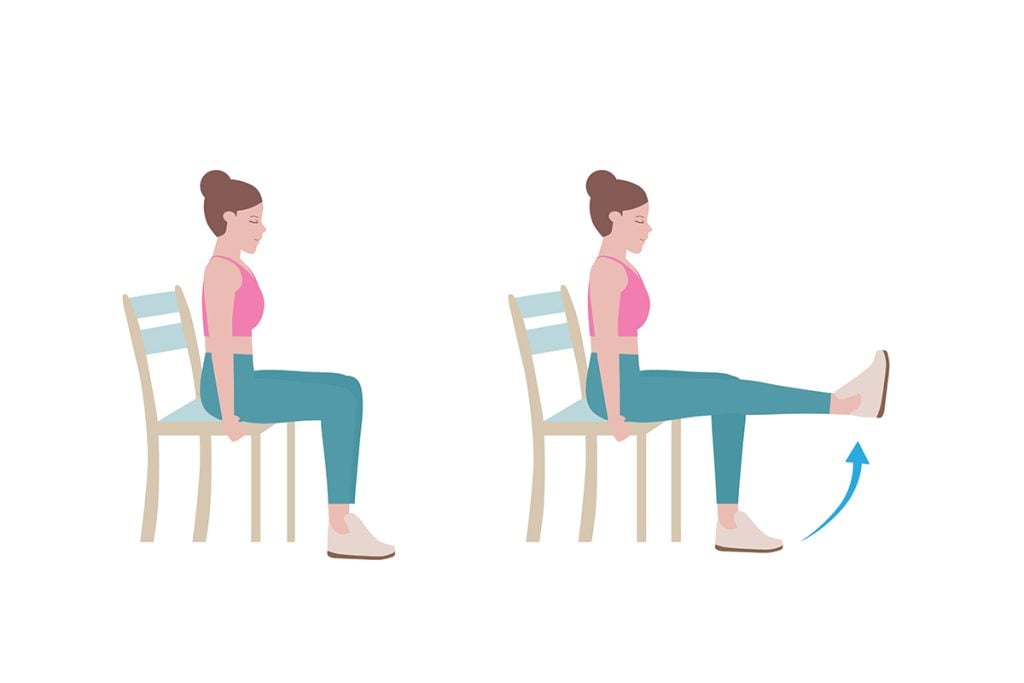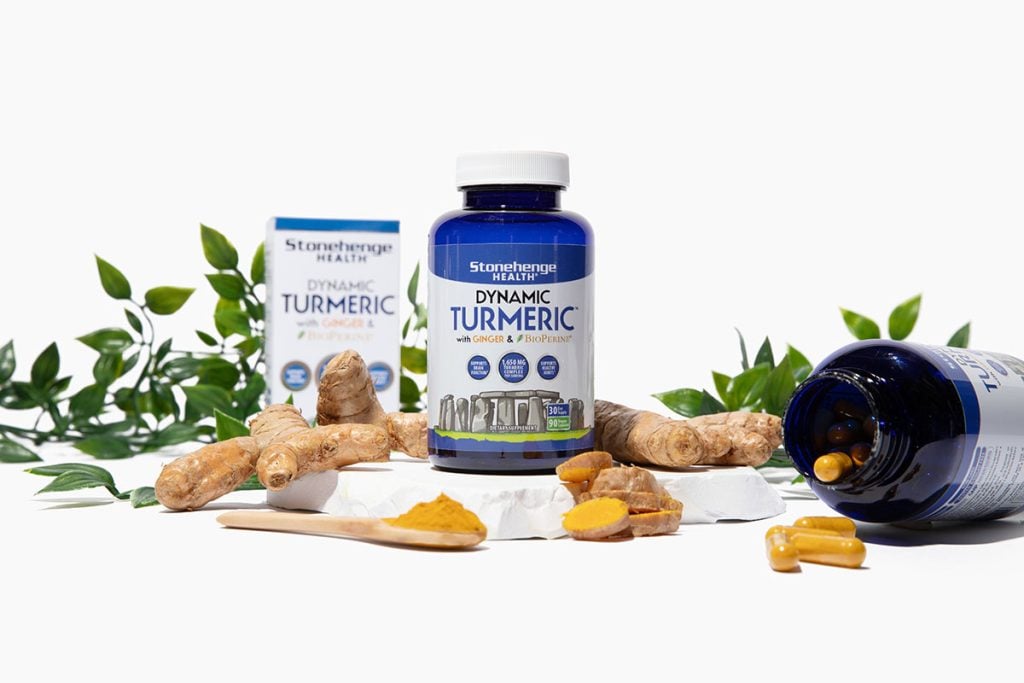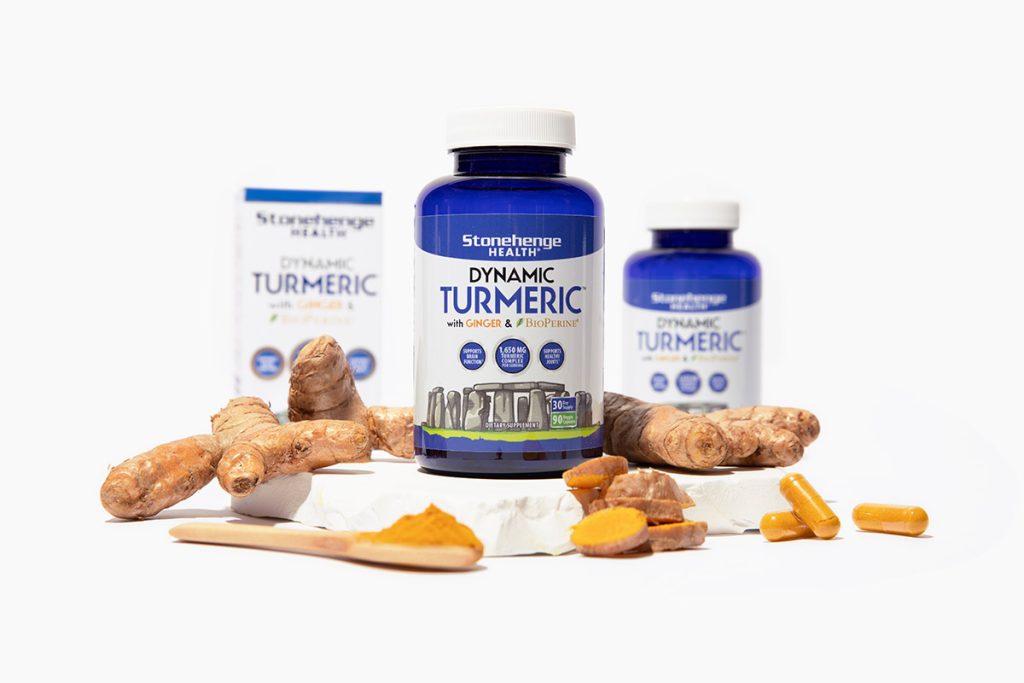
There’s something magical about a bowl of homemade chicken soup.
It’s the ultimate comfort food, informally known as a ‘remedy’ for colds and a symbol of warmth and care.
And you’ve had it a million times…
But what if you could elevate this classic recipe with a health-boosting twist?
Enter turmeric, the golden spice renowned for its joint support and digestive health properties. Adding turmeric to chicken soup enhances its health benefits and introduces a rich, earthy flavor that perfectly complements the dish.
What’s the best way to add turmeric to your soup? It depends on the flavor you’re looking for.
Not to worry—Here are five creative ways to incorporate turmeric into your chicken soup, each with a unique flavor profile to savor.
1. Turmeric Base for the Broth

Start your soup on a golden note by incorporating turmeric directly into the base.
When sautéing your onions, garlic, and ginger, add 1 to 2 teaspoons of turmeric powder or freshly grated turmeric. This simple step allows the spice to bloom, releasing its earthy, slightly peppery flavor into the broth.
The result? A deeper, more vibrant taste that sets the stage for a delicious soup.
2. Infused Golden Broth

Running short on time? Turmeric can also shine when added directly to the simmering broth.
Simply sprinkle 1 to 2 teaspoons of ground turmeric into the pot as the soup cooks. The warmth of the spice will permeate every ingredient, giving the soup a subtly smoky, slightly bitter undertone that balances beautifully with the sweetness of carrots and onions.
Don’t forget a pinch of black pepper to maximize turmeric’s health benefits!
Note: Black pepper contains piperine, which boosts the absorption of curcumin, turmeric’s active compound, by up to 2,000%. This powerful combination ensures you get the maximum health benefits from turmeric. For this reason, we added 15mg of BioPerine® to Dynamic Turmeric.*
3. Turmeric Chicken Marinade

Take your chicken soup to the next level by pre-marinating the chicken with a turmeric-based marinade.
Combine turmeric, black pepper, garlic, olive oil, and a squeeze of lemon juice to create a flavorful marinade. Let the chicken soak in the marinade for at least 20 minutes before cooking.
This method adds a warm, citrusy depth to the meat, ensuring every bite is infused with golden flavor.
4. Turmeric-Laced Noodles or Rice

If you love adding noodles or rice to your chicken soup, why not give them a golden makeover?
Cook your noodles or rice in water seasoned with a pinch of turmeric. This adds a stunning yellow hue and a mild, earthy flavor that complements the soup without overpowering it.
It’s a minor tweak that makes a big difference in presentation and taste.
5. Vibrant Garnishes

Sometimes, the best way to enjoy turmeric is as a finishing touch.
Stir a pinch of turmeric into plain yogurt for a creamy, golden drizzle over the soup. Alternatively, sprinkle some ground turmeric over the bowl just before serving.
These garnishes bring a subtle hint of the spice’s warm flavor and create a striking visual contrast when paired with fresh herbs like cilantro or parsley.
Adding turmeric can transform chicken soup into something special, enhancing its health benefits and flavor. Whether you prefer a subtle hint or a bold infusion, these five methods will inspire you to rethink this timeless dish.
While turmeric can add a flavorful and fun new twist to chicken soup, consider supplementation for maximum health benefits.

With Dynamic Turmeric, you never have to worry about getting the proper amount. Each serving contains 1,650 mg of organic turmeric extract standardized to 95% curcuminoids. Curcumin, the helpful substance that produces its vibrant orange color, is used worldwide to support digestive health and healthy joints.*
Additionally, Dynamic Turmeric contains 15 mg of BioPerine® (black pepper extract) to help with absorption, ensuring your body can process turmeric’s maximum health benefits.*










